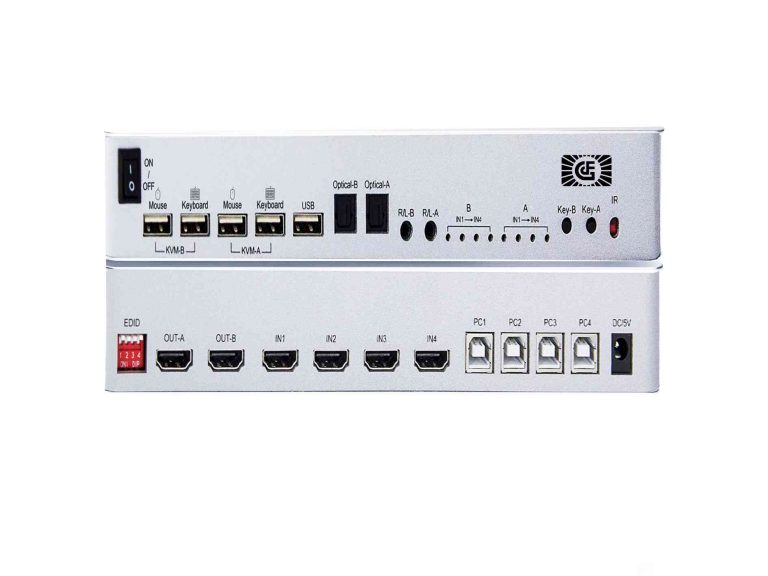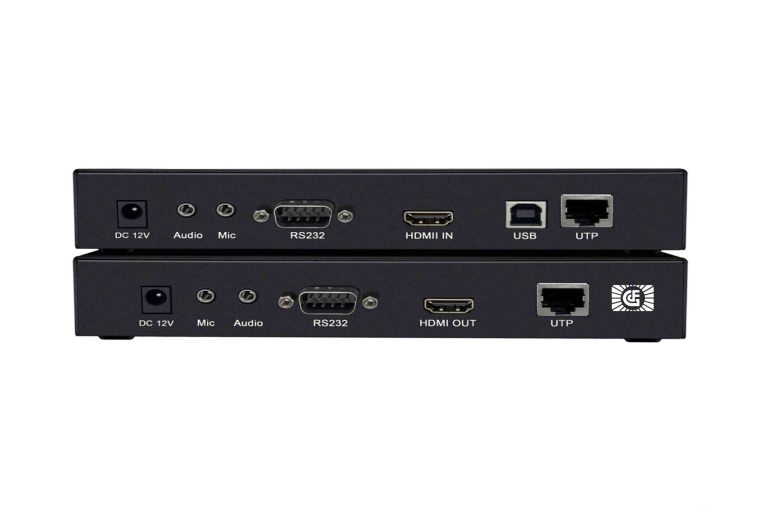Table of Contents
Benefits of Using Purely Domestic Paperless Targeted Development
In recent years, there has been a growing trend towards paperless operations in various industries. This shift towards digitalization has not only helped organizations reduce their environmental footprint but has also improved efficiency and productivity. One approach that has gained traction is the concept of purely domestic paperless targeted development. This strategy involves utilizing digital tools and technologies to streamline processes and enhance communication within a specific market or industry.
One of the key benefits of adopting purely domestic paperless targeted development is the reduction of costs associated with paper usage. By eliminating the need for physical documents, organizations can save on printing, storage, and distribution expenses. This cost-saving measure can have a significant impact on the bottom line, especially for businesses operating in competitive markets.
Furthermore, going paperless can also lead to increased efficiency and productivity. Digital documents can be easily accessed, shared, and updated in real-time, allowing for faster decision-making and collaboration among team members. This streamlined workflow can help organizations stay ahead of the competition and adapt to changing market conditions more effectively.
Another advantage of purely domestic paperless targeted development is the ability to enhance data security and compliance. Digital documents can be encrypted and stored securely, reducing the risk of unauthorized access or data breaches. Additionally, organizations can easily track and monitor document usage, ensuring compliance with industry regulations and standards.
Moreover, by going paperless, organizations can also reduce their environmental impact. The production and disposal of paper products contribute to deforestation, pollution, and waste. By transitioning to digital processes, organizations can help conserve natural resources and reduce their carbon footprint.
PRODUCT NAME→PRODUCT NAME★PRODUCT NAME★Products★Name★Article Name★Commodity NameIn addition to these benefits, purely domestic paperless targeted development can also help organizations better understand and cater to the needs of their target market. By utilizing digital tools such as data analytics and customer relationship management systems, organizations can gather valuable insights into consumer behavior and preferences. This information can be used to tailor products and services to meet the specific needs of customers, ultimately leading to increased customer satisfaction and loyalty.
Furthermore, purely domestic paperless targeted development can also foster innovation and creativity within organizations. By embracing digital technologies, organizations can explore new ways of doing business, develop new products and services, and enter new markets. This spirit of innovation can help organizations stay competitive and relevant in an ever-evolving business landscape.
In conclusion, purely domestic paperless targeted development offers a wide range of benefits for organizations looking to streamline operations, reduce costs, enhance security, and improve customer satisfaction. By embracing digital technologies and eliminating the need for physical documents, organizations can position themselves for success in today’s fast-paced and competitive business environment. As more industries continue to adopt paperless practices, it is clear that the future of business lies in digitalization and innovation.
How to Implement Paperless Targeted Development in a Purely Domestic Setting
In today’s digital age, the push towards paperless operations has become increasingly important for businesses looking to streamline their processes and reduce their environmental impact. One approach to achieving this goal is through targeted development, a method that focuses on specific areas of a business to implement paperless solutions. In a purely domestic setting, implementing paperless targeted development can be a challenging but rewarding endeavor.
One of the key steps in implementing paperless targeted development is to assess the current state of paper usage within the organization. This involves conducting a thorough audit of all paper-based processes and identifying areas where paper can be eliminated or reduced. By understanding the extent of paper usage within the organization, businesses can better prioritize which areas to focus on for paperless development.
Once the assessment is complete, the next step is to identify specific areas for targeted development. This involves selecting key processes or departments where paperless solutions can have the greatest impact. For example, businesses may choose to focus on digitizing customer invoices, implementing electronic document management systems, or transitioning to electronic signatures for contracts. By targeting specific areas for development, businesses can more effectively allocate resources and ensure a successful transition to paperless operations.
In a purely domestic setting, businesses may face unique challenges when implementing paperless targeted development. One of the main challenges is the need to navigate local regulations and compliance requirements. Different countries may have varying laws and regulations regarding electronic document management and storage, which can impact the implementation of paperless solutions. Businesses must ensure that they are in compliance with all relevant laws and regulations to avoid any legal issues.
| 序号 | 产品名称 |
| 1 | 高清矩阵 |
Another challenge in implementing paperless targeted development in a purely domestic setting is the need for cultural change within the organization. Transitioning to paperless operations requires a shift in mindset and behavior among employees, who may be accustomed to traditional paper-based processes. Businesses must invest in training and education to help employees adapt to new digital tools and workflows. By fostering a culture of innovation and adaptability, businesses can overcome resistance to change and successfully implement paperless targeted development.
Despite these challenges, there are many benefits to implementing paperless targeted development in a purely domestic setting. By reducing paper usage, businesses can lower costs associated with printing, storage, and disposal of paper documents. Paperless operations also improve efficiency and productivity by streamlining processes and reducing the time spent on manual tasks. Additionally, transitioning to paperless solutions can enhance data security and accessibility, as electronic documents can be easily encrypted and stored in secure cloud-based systems.
https://gfavw.com/wp-content/uploads/2024/04/6-10.jpg
In conclusion, implementing paperless targeted development in a purely domestic setting requires careful planning, assessment, and execution. By assessing current paper usage, identifying key areas for development, navigating local regulations, and fostering a culture of innovation, businesses can successfully transition to paperless operations. While there may be challenges along the way, the benefits of going paperless are well worth the effort. By embracing digital solutions and leveraging technology, businesses can improve efficiency, reduce costs, and enhance sustainability in a purely domestic setting.







